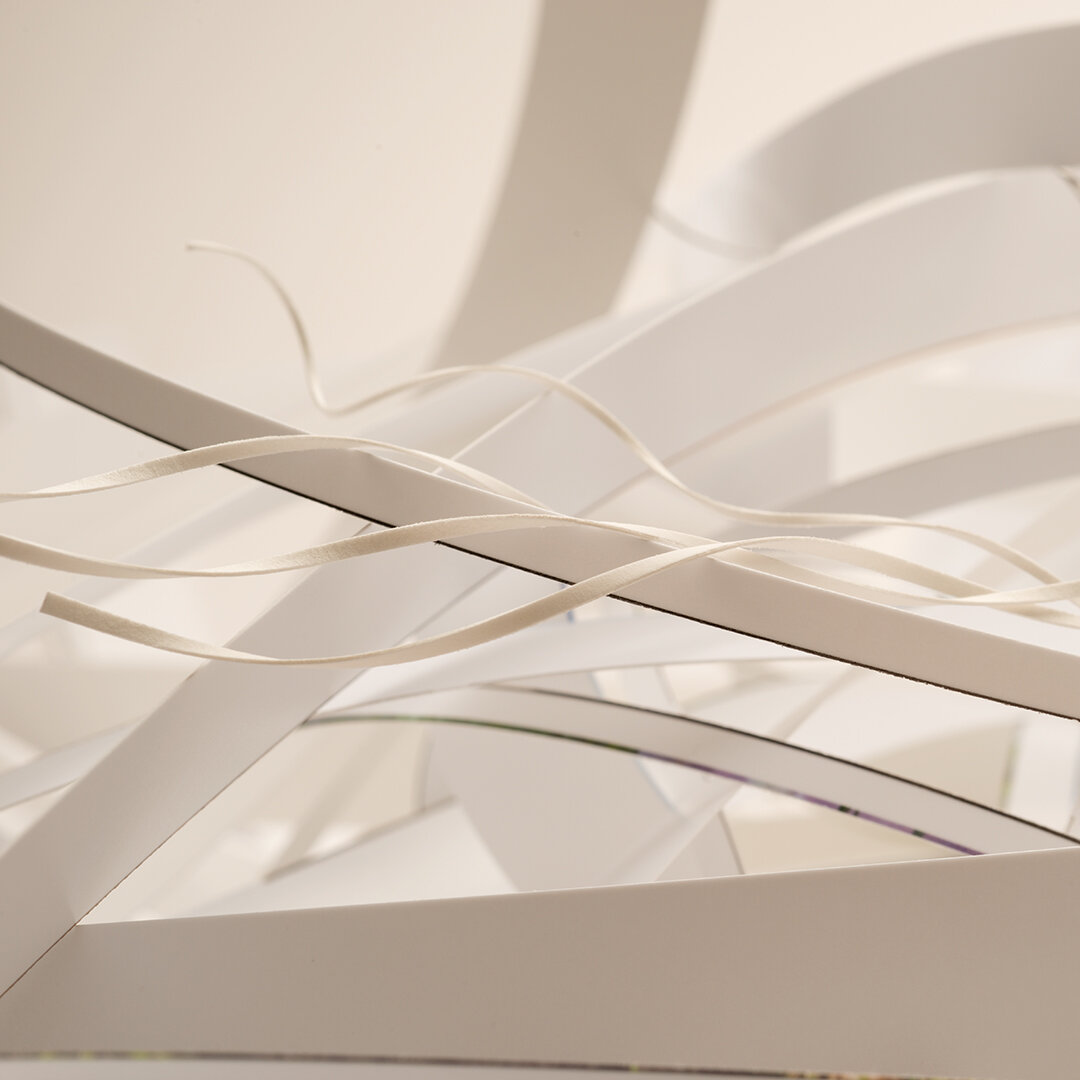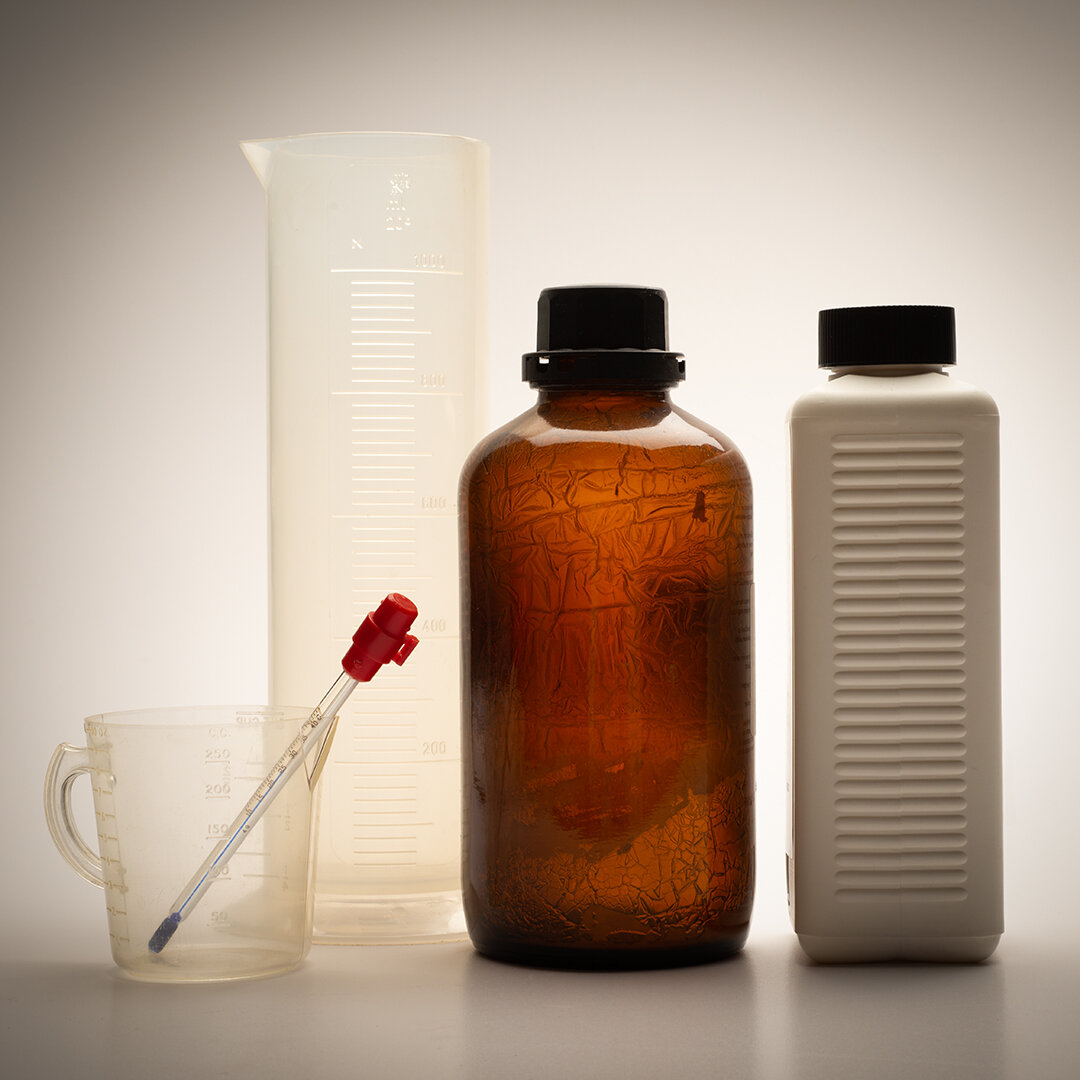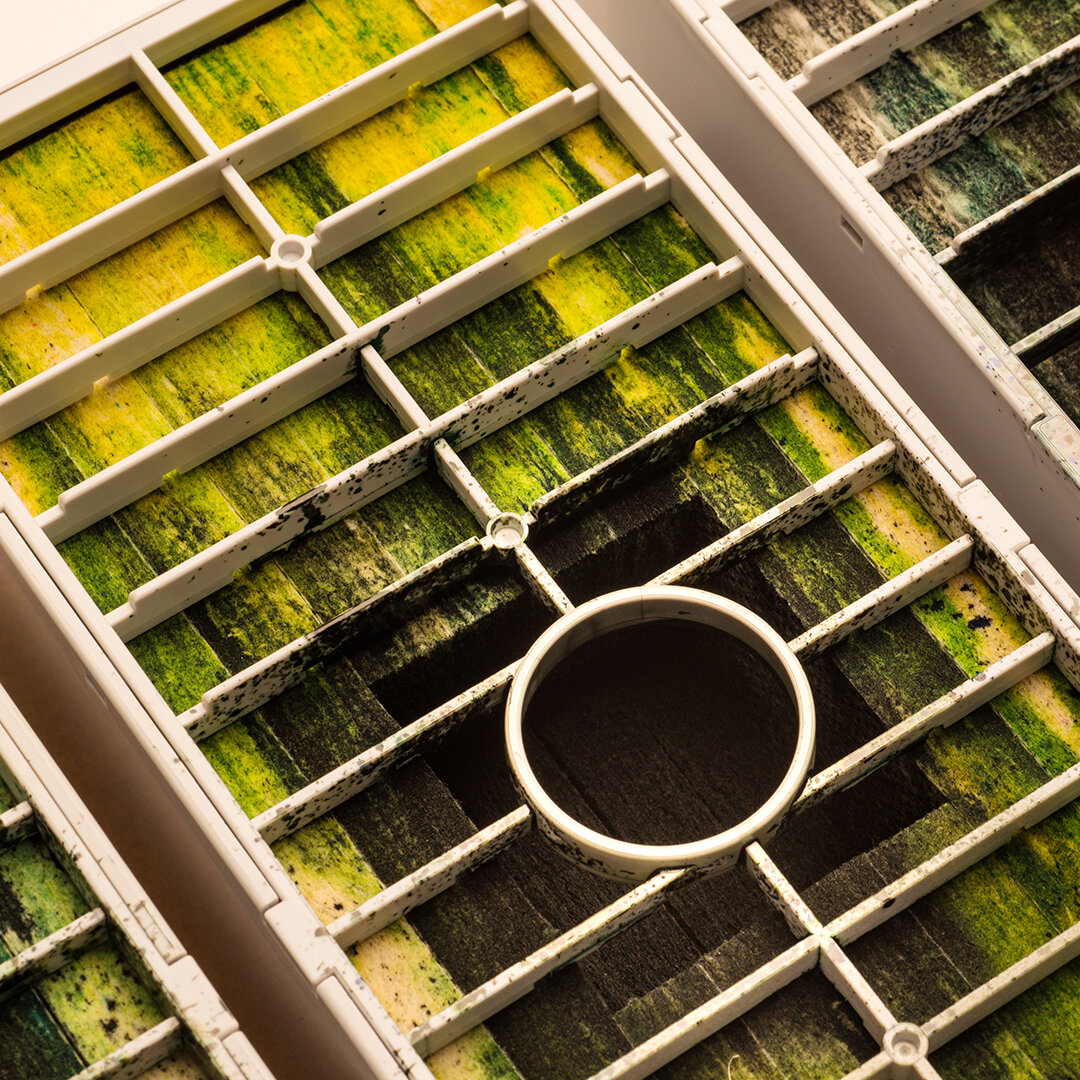RECYCLING AT 6X6
Recycling is a way of life at 6x6. Help the environment! Reduce pollution and Global warming! Reduce waste! Keep air, land and water clean! Save energy! Besides the usual Plastic, Metal, Drink and Food Cartons and Glass, at 6x6 we also keep and save for recycling used Batteries, Paper, empty Toner and Inkjet Cartridges and Ink.
Historically, recycling at 6x6 started back in 1977.
At the time of Analogue photography, at the time of chemical processing of film and paper, Hypo or Fixer (sodium hyposulfite, sodium thiosulfate or ammonium thiosulfate) was the chemical responsible to stop the development of the image and to fix it and stabilize it so that the photograph could stay on the paper for many years without fading. It removes the unexposed silver halides which remain on the film or paper, in this way it leaves behind the reduced metallic silver that forms the image.
Conditions always applied for best results: Fresh fixer properly diluted, correct temperature of the fixing bath, correct time and sufficient agitation during fixing and after that, twenty minutes of washing in running water. We have photographs in our collection that were printed and processed 150 years ago and they still look perfect without any fading at all. And yet, at the same time we see photographs made just a few years ago and they are either discoloured or faded almost completely leaving a light yellow/brownish impression on black & white photographs, or a light pink/magenta cast on colour photographs.
Besides Fixer which is mainly used for film developing and black & white photographs, we have Bleach-Fix which does a similar job as the fixer in colour processing with chemicals. In order to keep the life and activity of Fixer prolonged, in the old days it was kept in dark brown glass bottles and later on in special concertina air tight plastic bottles, in this way avoiding oxidation and extending thus the life of fixer.
The used Fixer and the Bleach-Fix were very harmful chemicals when they were not disposed of properly. Why? Because they contained silver in a chemical form. In Cyprus we did not have a central sewage system 20 or 30 years ago. But think of European cities where the water was refined and back to the houses for as many as twenty times over. In Europe, the water-board inspectors would visit the photographic laboratories and test the water remaining in the sink drain to find out if there were any traces of silver. A simple chemical analyzer test-paper strip would give the results on the spot. Very large fines or penalties followed if the results were found positive.
The method to recover the silver from used Fixer and Bleach-Fix was very costly and it demanded a big investment. Individuals and small photo-labs could not afford it. It would cost them more in electricity than the value of the solid silver they could extract. Large photo-labs though, could afford it. Large scale photo laboratories in the UK in the 1980’s were making £30.000 - £50.000 pounds a year just from the silver recovery. Of course the price of silver was quite high at the time.
At 6x6, we stored the used chemicals in large containers which were collected once a month for a small amount of money. A professional had his own set up for silver recovery and he would go round the photo-labs in order to collect all the used Fixer and Bleach-Fix and to extract and recover the silver.
We didn’t make any money from silver but at least we tried to avoid pollution and contamination and to keep our planet clean!
Reduce pollution and Global warming!




